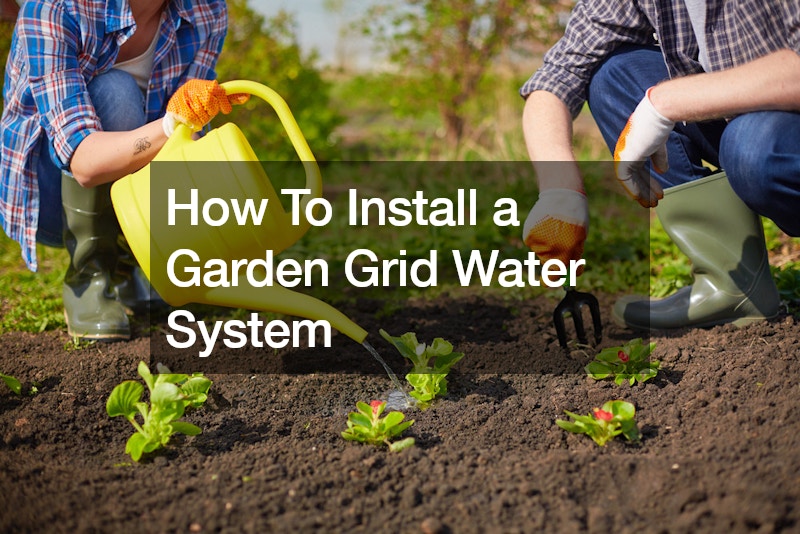Installing a garden grid water system is a straightforward process that ensures your plants receive consistent and efficient watering. This system is ideal for raised beds, providing uniform water distribution and reducing water waste. Here’s how to set up your garden grid water system effectively.
Begin by measuring your garden bed to determine the size of the grid you need.
Garden grids typically come in standard sizes, but custom adjustments may be necessary to fit your specific bed dimensions. Once you have the right size, lay out the grid in your garden bed, ensuring it covers the entire planting area. The grid should sit flat on the soil surface.
Next, connect the grid sections if your system requires assembly. Most garden grids are designed to snap together easily. Ensure all connections are secure to prevent leaks and ensure even water distribution.
After assembling the grid, connect it to your water source. This usually involves attaching a hose or tubing to the grid’s main inlet. Ensure the connection is tight to avoid water leakage. You might need a hose adapter or splitter if you’re connecting to an existing irrigation system or outdoor faucet. Turn on the water supply to check for leaks and ensure water flows evenly through the grid. Adjust connections if necessary to achieve uniform water distribution.

With the water flow confirmed, you can now bury the grid slightly into the soil or cover it with mulch. This helps anchor the grid and reduces evaporation, enhancing the efficiency of your watering system. Finally, set a watering schedule that suits your plants’ needs. Automated timers can be a valuable addition, ensuring consistent watering even when you’re away.
By following these steps, you can install a garden grid water system that promotes healthy plant growth, conserves water, and simplifies your gardening routine.

